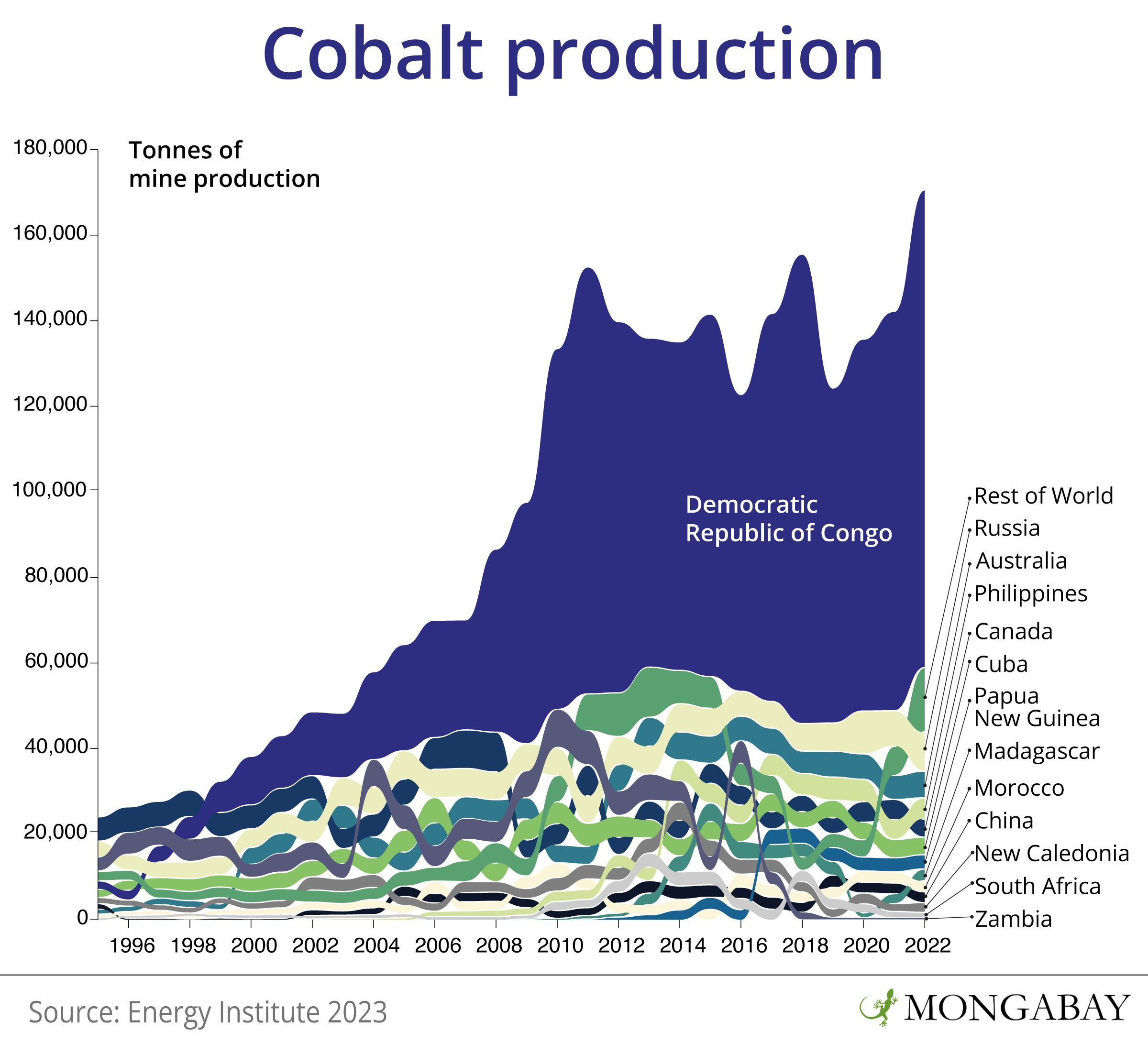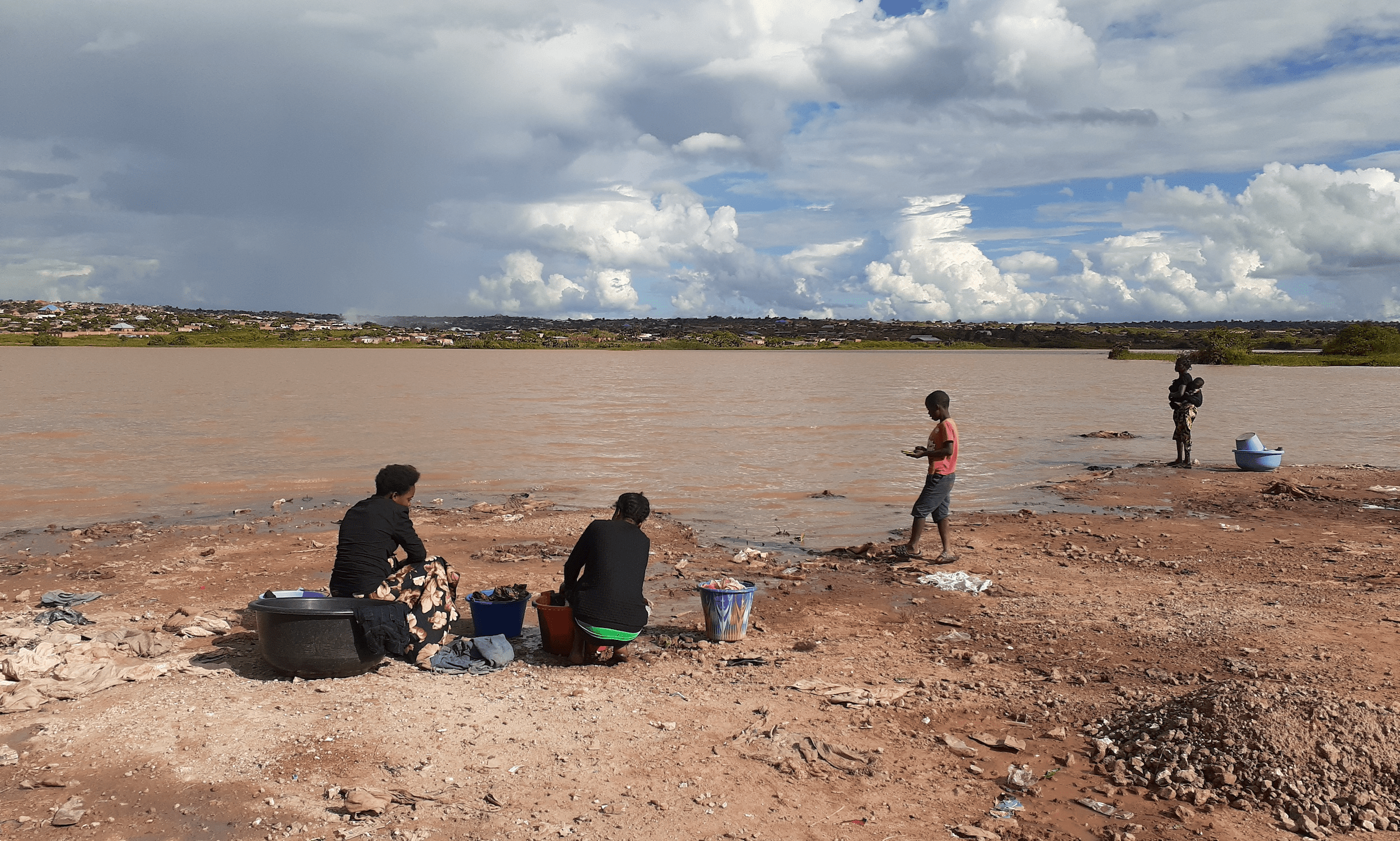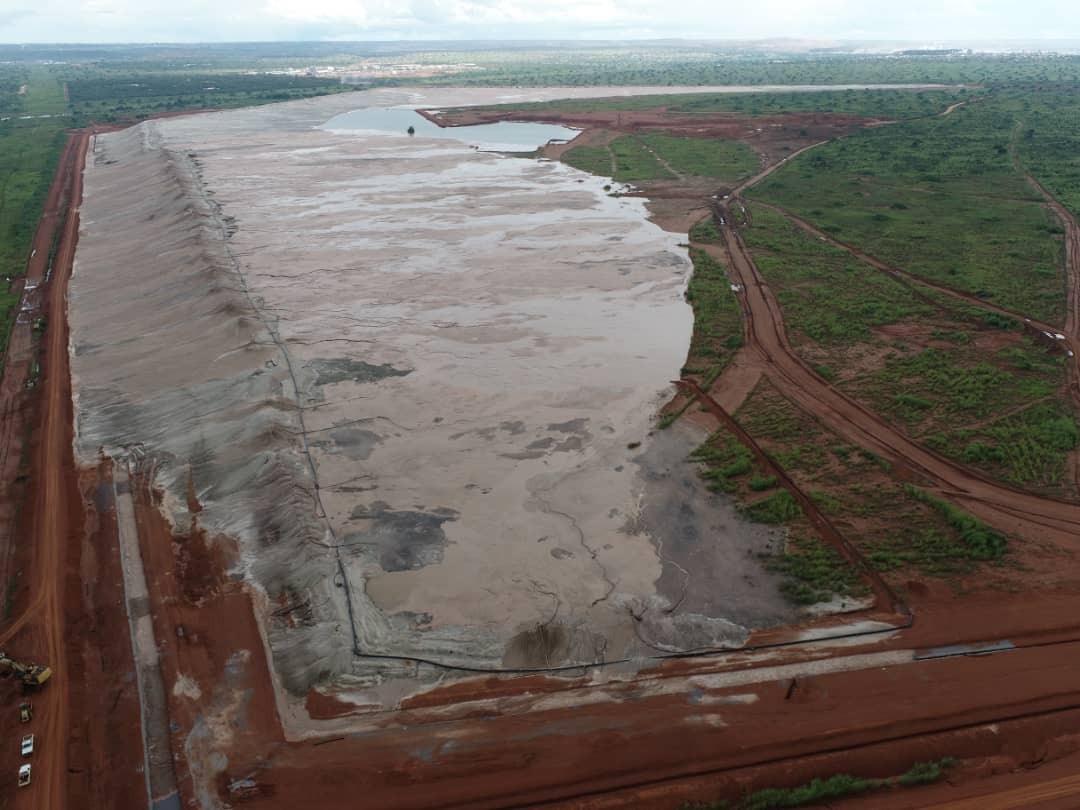A new report highlights the social and environmental harms from cobalt mining in the DRC, driven by surging global demand for clean energy minerals.Researchers investigated five mines supplying major electric vehicle manufacturers and linked them to water contamination, health impacts and human rights abuses.Despite efforts to mitigate pollution, ongoing incidents and failure to meet clean water provision standards demand urgent action from companies and regulators, co-authors RAID and AFREWATCH say.
The global race to secure minerals critical to the clean energy transition is driving toxic pollution with severe health repercussions for communities living near some of the world’s largest cobalt and copper mines, a new report says.
U.K. corporate watchdog Rights and Accountability in Development (RAID) and African Resources Watch (AFREWATCH), based in the Democratic Republic of Congo (DRC), documented the devastating human and environmental impacts of industrial cobalt mining in the DRC, which holds around 70% of the world’s reserves of the mineral.
Cobalt, mined as a byproduct of copper, is vital for the rechargeable batteries used in electric vehicles (EVs) and renewable energy technologies.
The vast majority of the DRC’s cobalt comes from large industrial mines in its southern cobalt and copper belt, with the remainder produced by artisanal sources. Cobalt production here increased by around 600% over the last three decades, according to research cited by RAID and AFREWATCH.
The vast majority of the DRC’s cobalt comes from large industrial mines in its southern cobalt and copper belt. Image by Andrés Alegría / Mongabay.
Their findings show that the mining city of Kolwezi, home to more than 500,000 people, appears to be turning into a “sacrifice zone,” with water contamination leading to health consequences and human rights abuses, the groups said in a report shared exclusively with Mongabay.
The report, published today, investigated five mines operated by Chinese and European multinationals. Together, they account for two-fifths of the global cobalt supply, much of it destined for major EV manufacturers including Tesla, Volkswagen, Mercedes-Benz and General Motors.
The findings reveal “a glaring disconnect” between a mining industry keen to promote cobalt as sustainable and free from social harms, and the “stark reality” on the ground, said RAID executive director Anneke Van Woudenberg.
Communities visited by RAID and AFREWATCH reported contamination is harming their health, food security and livelihoods – claims supported by scientific studies and testimony from medical experts.

Locals spoke of lacking clean water for drinking and hygiene, with more than half of those interviewed reporting adverse effects on women’s and girls’ reproductive health, including irregular menstruation and birth defects.
During more than 170 interviews, residents across 25 towns and villages also said they are suffering from skin diseases and worried for their children’s health. Nearly all those surveyed reported drastically reduced crop yields due to water contamination, leading to income loss. They attributed a decline in their living standards to the mining boom.
“We live in an environment that brings us more problems than solutions,” one villager told the researchers. “We are becoming sick, our soil and water is polluted, and our lands are taken from us.”
 Women wash clothes at a lake near the COMMUS copper-cobalt mine. Image by RAID.
Women wash clothes at a lake near the COMMUS copper-cobalt mine. Image by RAID.
Another resident interviewed by RAID and AFREWATCH said local communities are “the big losers from mining.”
“During my 53 years of life, I have seen a lot of changes: these companies have come only to enrich themselves and to bring us death,” they added. Many interviewees, which included scientists, health workers, engineers, lawyers and government officials, requested anonymity due to fear of reprisal.
The five sites featured in the report include the world’s most productive individual cobalt mine, Tenke Fungurume Mining, which is majority-owned by the Hong Kong and Shanghai-listed CMOC Group Limited. DRC state-owned mining firm Gécamines holds the remaining 20%.
The other mines are Swiss industry giant Glencore’s Kamoto Copper Company (KCC) and Mutanda Mining (MUMI); Chinese multinational Zijin Mining Group’s majority-owned Compagnie Minière de Musonoie (COMMUS); and Metalkol, owned by the Kazakh state-backed but Luxembourg-based Eurasian Resources Group. In October 2023, Mongabay reported the status of community displacement and relocation associated with COMMUS in Kolwezi.
 RAID and AFREWATCH’s report investigated water pollution from five mines near the city of Kolwezi, southern DRC. Image by RAID.
RAID and AFREWATCH’s report investigated water pollution from five mines near the city of Kolwezi, southern DRC. Image by RAID.
Mongabay sought comment from the mining firms in response to the findings. Glencore declined, while ERG acknowledged our email request but did not send a statement by the time this article was published.
The mines’ operators themselves acknowledge the risks of social and environmental harms resulting from their activities, in public documents analyzed by RAID and AFREWATCH.
In correspondence with the researchers, shared with Mongabay, the firms attributed pollution to historical mining, artisanal activities, and more. They highlighted steps to reduce contamination but did not provide evidence these are working.
Yet the RAID and AFREWATCH report shows that the pollution continues. It identified at least 14 “significant toxic incidents” at the five mines in recent years, including tailings dam breaches and acid spills, with locals citing inadequate cleanup efforts.
Despite recognizing community concerns over clean drinking water, as well as building boreholes and water-pumping stations, the companies still fall below the minimum standards for clean water provision set out by DRC regulations and World Health Organization (WHO) guidelines, the researchers say.
 Aerial view of a wastewater spill after a tailings dam ruptured at the Metalkol copper-cobalt mine. Image by anonymous / RAID.
Aerial view of a wastewater spill after a tailings dam ruptured at the Metalkol copper-cobalt mine. Image by anonymous / RAID.
They highlight the DRC government’s failure to tackle water pollution and hold those responsible to account, despite strong environmental laws, owing to regulators lacking resources and expertise.
Major EV and battery makers using DRC cobalt should pressure mining firms to clean up their act in response, the researchers urge.
“The world needs Congo’s cobalt to hit net zero targets, but the energy transition is not benefitting hundreds of thousands of Congolese people living in the shadow of the big industrial cobalt mines,” said AFREWATCH executive director Emmanuel Umpula.
“They are not driving EVs nor enjoying a healthy environment. Instead they are plagued by water pollution that’s making them sicker and poorer.
“We all need a sustainable future, but this must apply equally to those in the global North as well as to those in the DRC.”
Mine in ‘world cobalt capital’ displaces locals and monks under questionable circumstances
Banner image: A medical centre in Salabwe, Democratic Republic of the Congo, near the world’s most productive individual cobalt mine, the Tenke Fungurume Mining (TFM) project. Image by RAID.
Feedback: Use this form to send a message to the author of this post. If you want to post a public comment, you can do that at the bottom of the page.
cobalt, Environment, Environmental Politics, extractives, Governance, Human Rights, Just Transition, mine, Mining, Mongabay Data Studio, Pollution, Water, Water Pollution
Africa, Central Africa, Congo, Congo Basin, Democratic Republic Of Congo, Drc
Source link : https://news.mongabay.com/2024/03/global-cobalt-rush-drives-toxic-toll-near-drc-mines/
Author :
Publish date : 2024-03-27 07:00:00
Copyright for syndicated content belongs to the linked Source.





